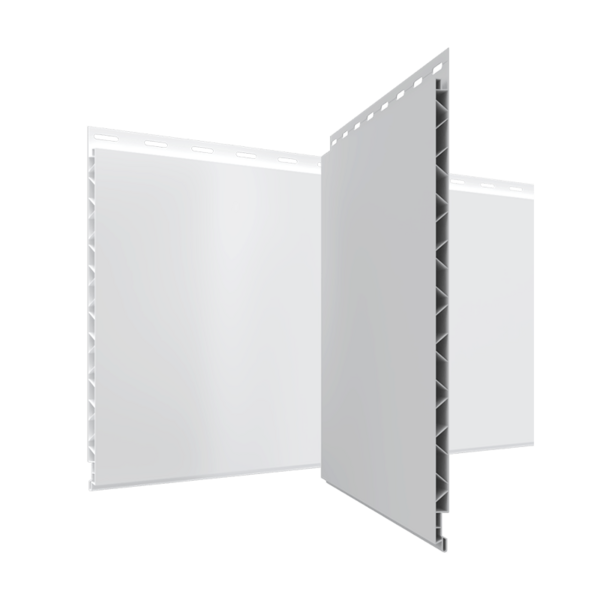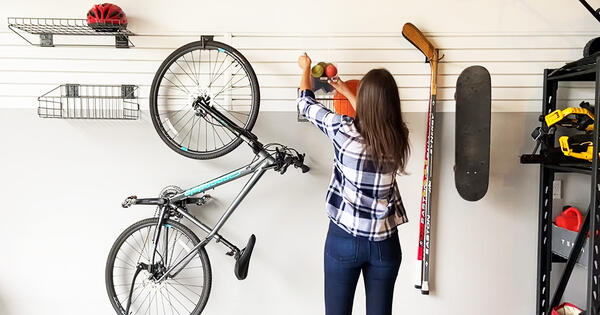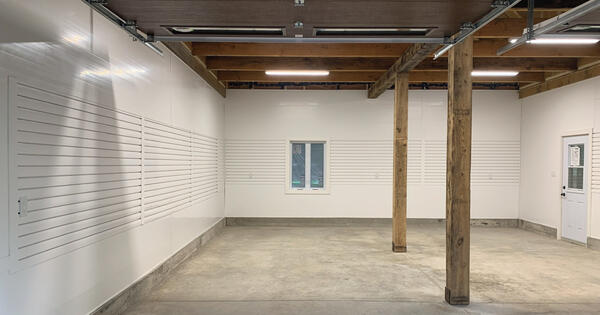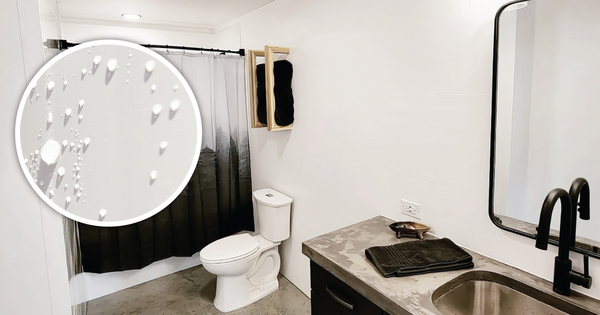Maintaining a home is a labor of love, and there's a certain pride in being a DIY enthusiast. From repainting your walls to assembling furniture to installing Trusscore Wall&CeilingBoard, there's a lot you can accomplish with a set of tools and a dash of determination. However, there are some areas where a cautionary tale might be warranted. Home repairs that involve intricate systems, hazardous materials, or structural integrity are often best left to the professionals. In this blog post, we dive into the world of home repairs best entrusted to the experts.
The Risks of DIY Home Repairs: Understanding the Limits of Your Skills
When it comes to home repairs, the allure of saving money and the satisfaction of successfully completing a task yourself can be motivating. However, it's important to remember that not all repairs are created equal, and a DIY success story can quickly turn into a disastrous mishap if you underestimate the complexity and risks involved in a project.
These are just 10 of the pain points you can potentially experience if you try to tackle a project that’s out of your DIY wheelhouse:
- Incorrect Diagnosis: Without expert knowledge, you might misdiagnose the root cause of a problem, leading to ineffective repairs and recurring issues.
- Safety Hazards: Lack of proper knowledge and training can lead to accidents, injuries, and even life-threatening situations while attempting repairs.
- Property Damage: Inadequate skills might result in further damage to the property, escalating repair costs and reducing the value of your home.
- Code Violations: DIY repairs that don't adhere to building codes can lead to legal and safety issues, affecting property resale and insurance coverage.
- Voided Warranties: Unauthorized repairs can void warranties on appliances, systems, and equipment, leaving you with no protection against defects or malfunctions.
- Insurance Concerns: If your DIY repair causes damage or injury to others, your homeowner's insurance might not cover the costs due to unlicensed work.
- Inadequate Tools: Without the proper tools, you may not achieve professional-quality repairs, leading to subpar results and future problems.
- Lack of Warranty: DIY repairs don't come with warranties or guarantees, leaving you responsible for any future problems that may arise.
- Unpredictable Costs: DIY projects can lead to unexpected expenses due to errors, additional materials, and the eventual need to call in professionals to fix the issues.
- Resale Value Impact: Poorly executed DIY repairs can negatively impact your home's resale value, making it less appealing to potential buyers.
Before you embark on any repair project, it's essential to assess your skills honestly. Knowing when to throw in the towel and reach out to a professional can save you not only money but also a significant amount of frustration and future problems.
Six DIY Home Repairs Best Left to the Professionals






While DIY projects can be rewarding, some home repairs demand professional expertise to ensure your safety, the integrity of your home, and compliance with regulations. From electrical and plumbing repairs to dealing with hazardous materials, recognizing your limits and seeking out skilled professionals is a smart investment in the long-term well-being of your home and family. Remember, knowing when to call in the pros can prevent costly mistakes, save you time, and provide peace of mind as you create a safe and comfortable living environment for yourself and your loved ones.
Start Planning Your Trusscore Project
Share your project dimensions and your preferred Trusscore products, and we'll whip up a detailed cost estimate and material list just for you.
Looking for a quick and easy DIY task to complete in the meantime that will make a big difference? Try upgrading the drywall in high-moisture and high-traffic areas of your home, like your garage or bathroom, with Trusscore Wall&CeilingBoard. The pre-finished panels weigh 40% less than drywall, making it a one-person DIY project (even on tricky ceiling installs!) and install four times faster with no mudding, taping, priming, or painting required like drywall. Equipped with a basic set of tools and some screws, you can complete a whole room by yourself in under a day. That’s a project worth completing.
Wall&CeilingBoard
Trusscore Wall&CeilingBoard is an interlocking, interior PVC wall and ceiling panel that is lightweight, low maintenance, and outperforms alternative products like drywall and FRP.
Learn More






